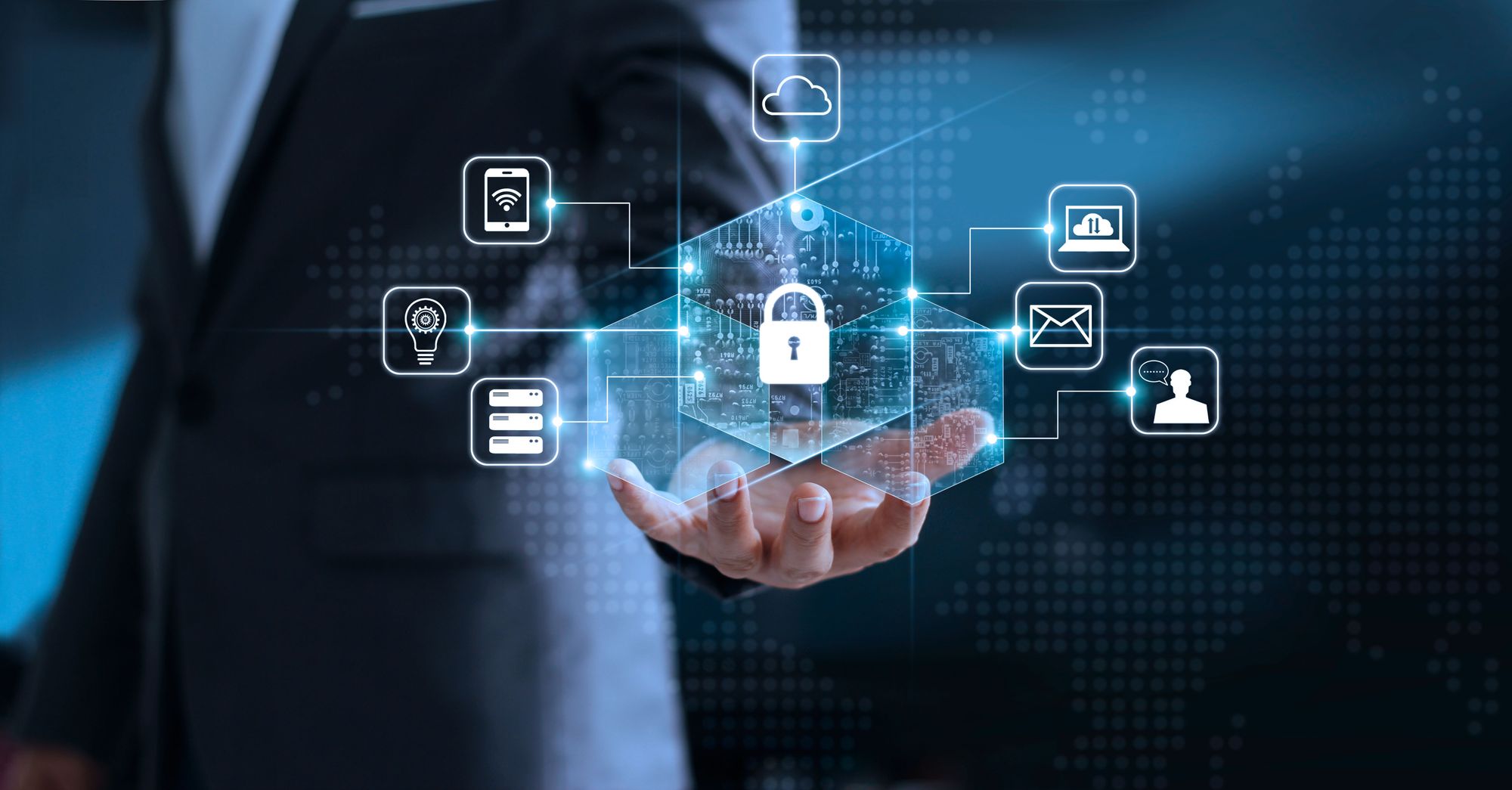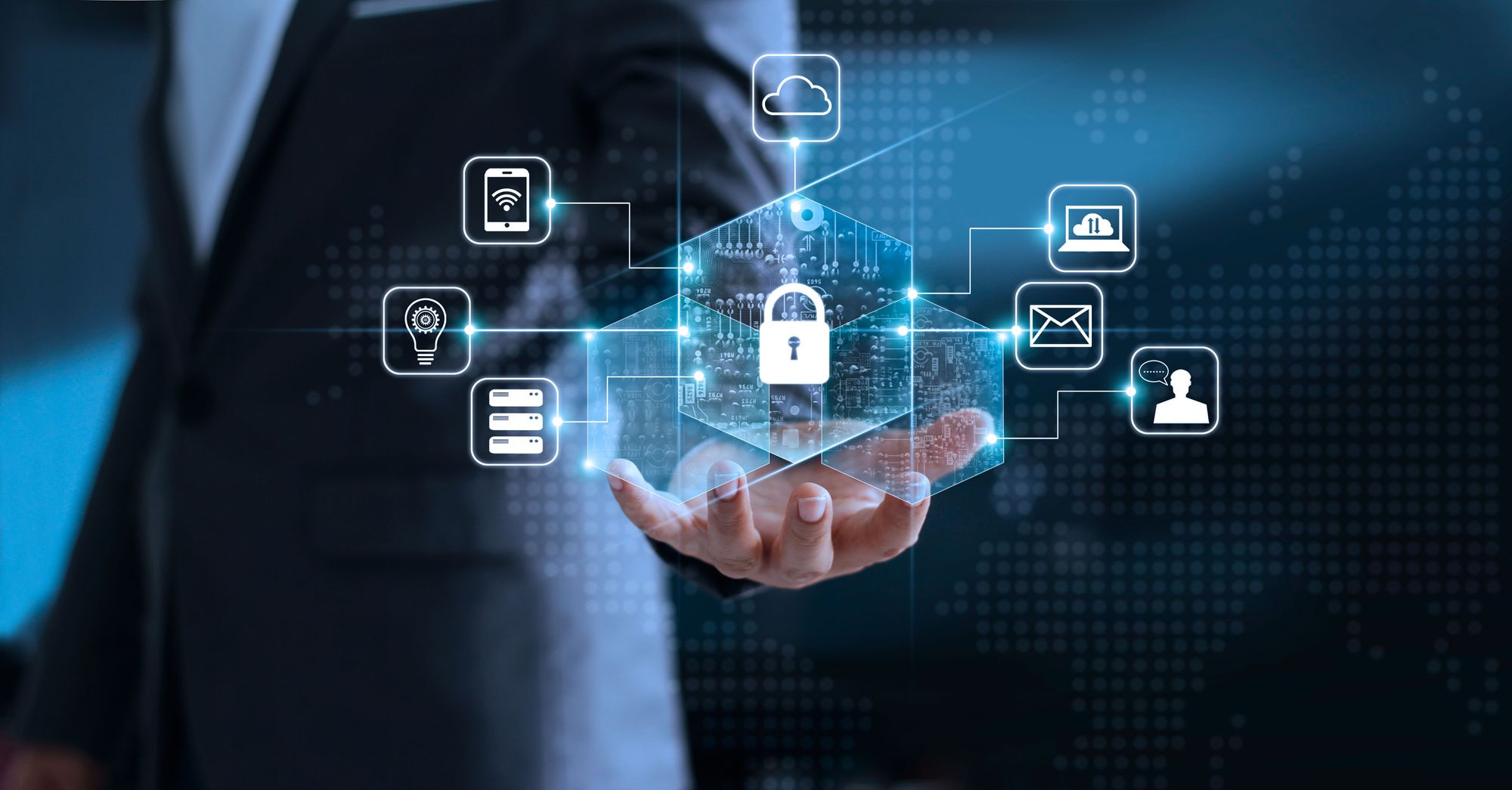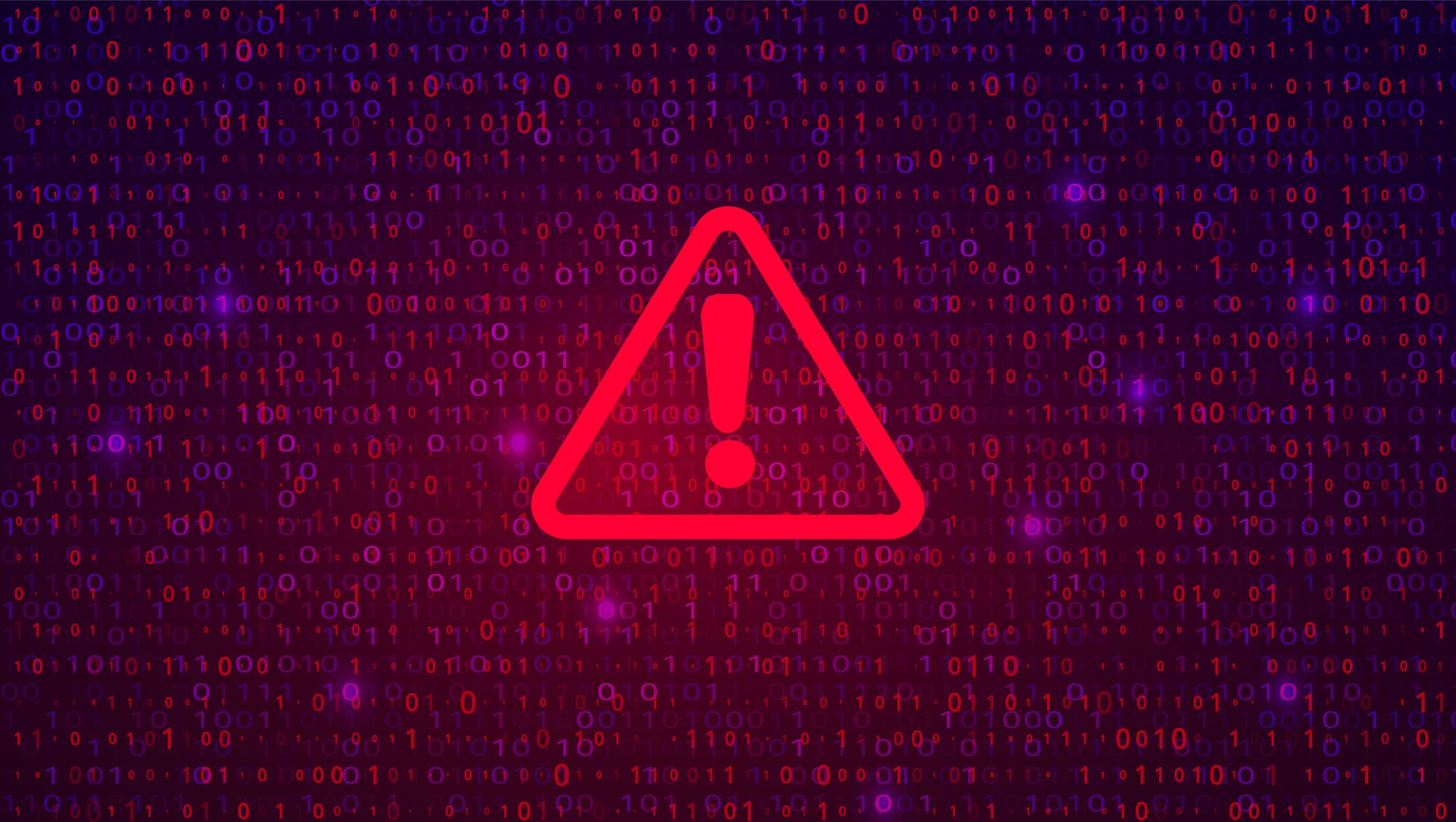Post Syndicated from Rapid7 original https://blog.rapid7.com/2023/01/31/rapid7-observes-use-of-microsoft-onenote-to-spread-redline-infostealer-malware/

Author: Thomas Elkins
Contributors: Andrew Iwamaye, Matt Green, James Dunne, and Hernan Diaz
Rapid7 routinely conducts research into the wide range of techniques that threat actors use to conduct malicious activity. One objective of this research is to discover new techniques being used in the wild, so we can develop new detection and response capabilities.
Recently, we (Rapid7) observed malicious actors using OneNote files to deliver malicious code. We identified a specific technique that used OneNote files containing batch scripts, which upon execution started an instance of a renamed PowerShell process to decrypt and execute a base64 encoded binary. The base64 encoded binary subsequently decrypted a final payload, which we have identified to be either Redline Infostealer or AsyncRat.
This blog post walks through analysis of a OneNote file that delivered a Redline Infostealer payload.
Analysis of OneNote File
The attack vector began when a user was sent a OneNote file via a phishing email. Once the OneNote file was opened, the user was presented with the option to “Double Click to View File” as seen in Figure 1.
 Figure 1 – OneNote file "Remittance" displaying the button “Double Click to View File”
Figure 1 – OneNote file "Remittance" displaying the button “Double Click to View File”
We determined that the button “Double Click to View File” was moveable. Hidden underneath the button, we observed five shortcuts to a batch script, nudm1.bat. The hidden placement of the shortcuts ensured that the user double-clicked on one of the shortcuts when interacting with the “Double Click to View File” button.
 Figure 2 – Copy of Batch script
Figure 2 – Copy of Batch script nudm1.bat revealed after moving “Double Click to View File” button
Once the user double clicked the button “Double Click to View File”, the batch script nudm1.bat executed in the background without the user’s knowledge.
Analysis of Batch Script
In a controlled environment, we analyzed the batch script nudm1.bat and observed variables storing values.
 Figure 3 – Beginning contents of
Figure 3 – Beginning contents of nudm1.bat
Near the middle of the script, we observed a large section of base64 encoded data, suggesting at some point, the data would be decoded by the batch script.
 Figure 4 – Base64 encoded data contained within
Figure 4 – Base64 encoded data contained within nudm1.bat
At the bottom of the batch script, we observed the declared variables being concatenated. To easily determine what the script was doing, we placed echo commands in front of the concatenations. The addition of the echo commands allowed for the batch script to deobfuscate itself for us upon execution.
 Figure 5 –
Figure 5 – echo command placed in front of concatenated variables
We executed the batch file and piped the deobfuscated result to a text file. The text file contained a PowerShell script that was executed with a renamed PowerShell binary, nudm1.bat.exe.
 Figure 6 – Output after using
Figure 6 – Output after using echo reveals PowerShell script
We determined the script performed the following:
-
Base64 decoded the data stored after :: within nudm1.bat, shown in Figure 4
-
AES Decrypted the base64 decoded data using the base64 Key 4O2hMB9pMchU0WZqwOxI/4wg3/QsmYElktiAnwD4Lqw= and base64 IV of TFfxPAVmUJXw1j++dcSfsQ==
-
Decompressed the decrypted contents using gunzip
-
Reflectively loaded the decrypted and decompressed contents into memory
Using CyberChef, we replicated the identified decryption method to obtain a decrypted executable file.
 Figure 7 – AES decryption via Cyberchef reveals MZ header
Figure 7 – AES decryption via Cyberchef reveals MZ header
We determined the decrypted file was a 32-bit .NET executable and analyzed the executable using dnSpy.
Analysis of .NET 32-bit Executable
In dnSpy we observed the original file name was tmpFBF7. We also observed that the file contained a resource named payload.exe.
 Figure 8 – dnSpy reveals name of original program
Figure 8 – dnSpy reveals name of original program tmpFBF7 and a payload.exe resource
We navigated to the entry point of the file and observed base64 encoded strings. The base64 encoded strings were passed through a function SRwvjAcHapOsRJfNBFxi. The function SRwvjAcHapOsRJfNBFxi utilized AES decryption to decrypt data passed as argument.
 Figure 9 – AES Decrypt Function
Figure 9 – AES Decrypt Function SRwvjAcHapOsRJfNBFxi
As seen in Figure 9, the function SRwvjAcHapOsRJfNBFxi took in 3 arguments: input, key and iv.
We replicated the decryption process from the function SRwvjAcHapOsRJfNBFxi using CyberChef to decrypt the values of the base64 encoded strings. Figure 9 shows an example of the decryption process of the base64 encoded string vYhBhJfROLULmQk1P9jbiqyIcg6RWlONx2FLYpdRzZA= from line 30 of Figure 7 to reveal a decoded and decrypted string of CheckRemoteDebuggerPresent.
 Figure 10 – Using Cyberchef to replicate decryption of function
Figure 10 – Using Cyberchef to replicate decryption of function SRwvjAcHapOsRJfNBFxi
Repeating the decryption of the other base64 encoded strings revealed some anti-analysis and anti-AV checks performed by the executable:
IsDebuggerPresent CheckRemoteDuggerPresent AmsiScanBuffer
Other base64 encoded strings include:
EtwEventWrite /c choice /c y /n /d y /t 1 & attrib -h -s
After passing the anti-analysis and anti-AV checks, the executable called upon the payload.exe resource in line 94 of the code. We determined that the payload.exe resource was saved into the variable @string.
 Figure 11 –
Figure 11 – @string storing payload.exe
On line 113, the variable @string was passed into a new function, aBTlNnlczOuWxksGYYqb, as well as the AES decryption function SRwvjAcHapOsRJfNBFxi.
 Figure 12 –
Figure 12 – @string being passed through function hDMeRrMMQVtybxerYkHW
The function aBTlNnlczOuWxksGYYqb decompressed content passed to it using Gunzip.
 Figure 13 – Function
Figure 13 – Function aBTlNnlczOuWxksGYYqb decompresses content using Gzip
Using CyberChef, we decrypted and decompressed the payload.exe resource to obtain another 32-bit .NET executable, which we named payload2.bin. Using Yara, we scanned payload2.bin and determined it was related to the Redline Infostealer malware family.
 Figure 14 – Yara Signature identifying
Figure 14 – Yara Signature identifying payload2.bin as Redline Infostealer
We also analyzed payload2.bin in dnSpy.
Analysis of Redline Infostealer
We observed that the original final name of payload2.bin was Footstools and that a class labeled Arguments contained the variables IP and Key. The variable IP stored a base64 encoded value GTwMCik+IV89NmBYISBRLSU7PlMZEiYJKwVVUg==.
 Figure 15 – Global variable
Figure 15 – Global variable IP set as Base64 encoded string
The variable Key stored a UTF8 value of Those.
 Figure 16 – Global variable Key set with value
Figure 16 – Global variable Key set with value Those
We identified that the variable IP was called into a function, WriteLine(), which passed the variables IP and Key into a String.Decrypt function as arguments.
 Figure 17 – String.Decrypt being passed arguments
Figure 17 – String.Decrypt being passed arguments IP and Key
The function String.Decrypt was a simple function that XOR’ed input data with the value of Key.
 Figure 18 – StringDecrypt utilizing XOR decryption
Figure 18 – StringDecrypt utilizing XOR decryption
Using Cyberchef, we replicated the String.Decrypt function for the ‘IP’ variable by XORing the base64 value shown in Figure 13 with the value of Key shown in Figure 16 to obtain the decrypted value for the IP variable, 172.245.45[.]213:3235.
 Figure 19 – Using XOR in Cyberchef to reveal value of argument
Figure 19 – Using XOR in Cyberchef to reveal value of argument IP
Redline Info Stealer has the capability to steal credentials related to Cryptocurrency wallets, Discord data, as well as web browser data including cached cookies. Figure 19 shows functionality in Redline Infostealer that searches for known Cryptocurrency wallets.
 Figure 20 – Redline Infostealer parsing for known Cryptocurrency wallet locations
Figure 20 – Redline Infostealer parsing for known Cryptocurrency wallet locations
Rapid7 Protection
Rapid7 has existing rules that detect the behavior observed within customers environments using our Insight Agent including:
Suspicious Process – Renamed PowerShell
OneNote Embedded File Parser
Rapid7 has also developed a OneNote file parser and detection artifact for Velociraptor. This artifact can be used to detect or extract malicious payloads like the one discussed in this post.
https://docs.velociraptor.app/exchange/artifacts/pages/onenote/

IOCs
Filename – SHA1 HASH
Rem Adv.one – 61F9DBE256052D6315361119C7B7330880899D4C
Nudm1.bat – ADCE7CA8C1860E513FB70BCC384237DAE4BC9D26
tmpFBF7.tmp – F6F1C1AB9743E267AC5E998336AF917632D2F8ED
Footstools.exe – 6c404f19ec17609ad3ab375b613ea429e802f063
IP Address – 172.245.45[.]213
MITRE Attack Techniques
TA0002 – Execution
TA0005 – Defense Evasion
TA0006 – Credential Access
TA0007 – Discovery
TA0009 – Collection
TA0011 – Command and Control
Mitigations
Block .one attachments at the network perimeter or with an antiphishing solution if .one files are not business-critical
User awareness training
If possible, implement signatures to search for PowerShell scripts containing reverse strings such as gnirtS46esaBmorF
Watch out for OneNote as the parent process of cmd.exe executing a .bat file





 Figure 1 – OneNote file "Remittance" displaying the button “Double Click to View File”
Figure 1 – OneNote file "Remittance" displaying the button “Double Click to View File” Figure 2 – Copy of Batch script
Figure 2 – Copy of Batch script  Figure 3 – Beginning contents of
Figure 3 – Beginning contents of  Figure 4 – Base64 encoded data contained within
Figure 4 – Base64 encoded data contained within  Figure 5 –
Figure 5 –  Figure 6 – Output after using
Figure 6 – Output after using  Figure 7 – AES decryption via Cyberchef reveals MZ header
Figure 7 – AES decryption via Cyberchef reveals MZ header Figure 8 – dnSpy reveals name of original program
Figure 8 – dnSpy reveals name of original program  Figure 9 – AES Decrypt Function
Figure 9 – AES Decrypt Function  Figure 10 – Using Cyberchef to replicate decryption of function
Figure 10 – Using Cyberchef to replicate decryption of function  Figure 11 –
Figure 11 –  Figure 12 –
Figure 12 –  Figure 13 – Function
Figure 13 – Function  Figure 14 – Yara Signature identifying
Figure 14 – Yara Signature identifying  Figure 15 – Global variable
Figure 15 – Global variable  Figure 16 – Global variable Key set with value
Figure 16 – Global variable Key set with value  Figure 17 – String.Decrypt being passed arguments
Figure 17 – String.Decrypt being passed arguments  Figure 18 – StringDecrypt utilizing XOR decryption
Figure 18 – StringDecrypt utilizing XOR decryption Figure 19 – Using XOR in Cyberchef to reveal value of argument
Figure 19 – Using XOR in Cyberchef to reveal value of argument  Figure 20 – Redline Infostealer parsing for known Cryptocurrency wallet locations
Figure 20 – Redline Infostealer parsing for known Cryptocurrency wallet locations